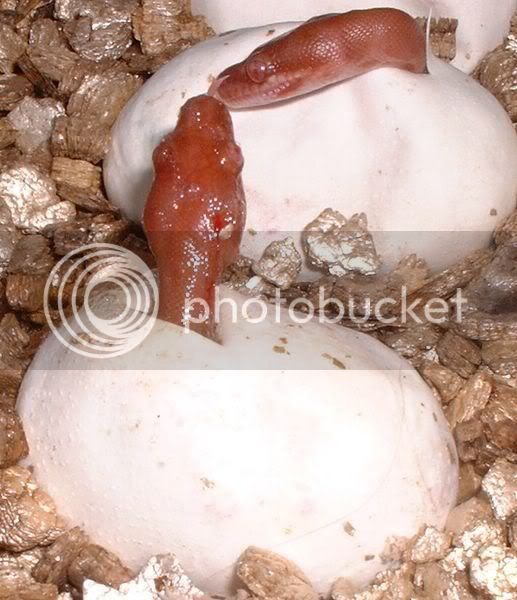serpenttongue
Very Well-Known Member
I do not see how this statement is correct...
Artificially incubated eggs remain in an environment (the egg container) of constant warmth and humidity. This allows the egg shells to remain as soft as they were the day they were laid. With maternal incubation, the eggs are exposed to temperature and humidity variations, as well as the friction caused by shivering thermogenesis. At the end of incubation the egg shells have become a dirty brown colour and are drier and tougher than artificially incubated eggs.













